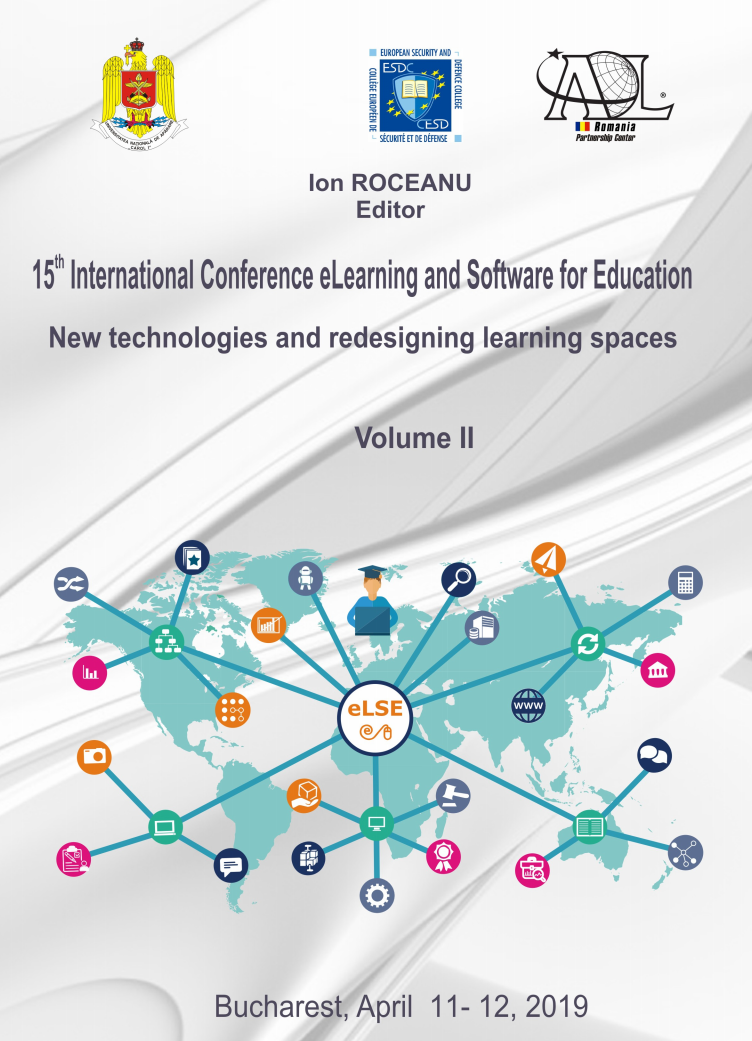Language and Safety: The Benefits of Using Audio Visual Aids in Teaching Aviation English
Language and Safety: The Benefits of Using Audio Visual Aids in Teaching Aviation English
Author(s): Corina MarculescuSubject(s): Social Sciences, Education, Higher Education
Published by: Carol I National Defence University Publishing House
Keywords: high stakes ESP; standard phraseology; plain English; authentic flight videos; visual learners;
Summary/Abstract: Aviation English is unique in English for Specific Purposes (ESP) because in the aeronautical field, language is inseparable from safety. The passengers’ lives and safety depend on the accurate communication between pilots and air traffic control officers (ATCOs), on the precision of their language. My paper puts forward the suitability and effectiveness of using audio-visual aids (video clips, photographs, diagrams, maps, authentic audio recordings of voices with a variety of accents and pronunciations encountered in international flights) in aviation English teaching. The use of audio video digital technologies helps the students (especially aerospace engineering majors and air force academy students) to become familiar with the operational environment of aviation, to obtain a ‘feel’ for the conditions in which pilots and controllers communicate. Properly selected and relevant digital video or photographs “introduce” the students into the airport architecture (taxiways, runways, hangars, cargo areas etc.), in the control tower or in the pilots’ cockpit, into the world of pilots and ATCOs, of technicians and aerospace engineers. I will show that what matters even more is the teacher’s passion for the field and his/her consequent ability to devise the best and most motivating pre- and post-watching activities and discussions to stimulate the students to debate the aviation incidents presented, to practice the vocabulary they are likely to encounter in an aviation context, the standardized coded phraseology used in pilot-controller conversations to communicate clear, concise, unambiguous, internationally recognized messages of a routine nature, and the spontaneous, non-coded “plain” English which is crucial to master in non-routine, unexpected or emergency operational situations. The paper proposes a content-based, communicative approach to teaching Aviation English, supported by audio-video technology – which Generation Y students in particular find engaging and challenging. Technology properly embedded in the course and relevant to projects or seminar activities maintains the attention of today’s visual learners focused on the subject matter and inspires and motivates them to research and discover more about the communication in the aviation field.
Journal: Conference proceedings of »eLearning and Software for Education« (eLSE)
- Issue Year: 15/2019
- Issue No: 02
- Page Range: 411-421
- Page Count: 11
- Language: English

